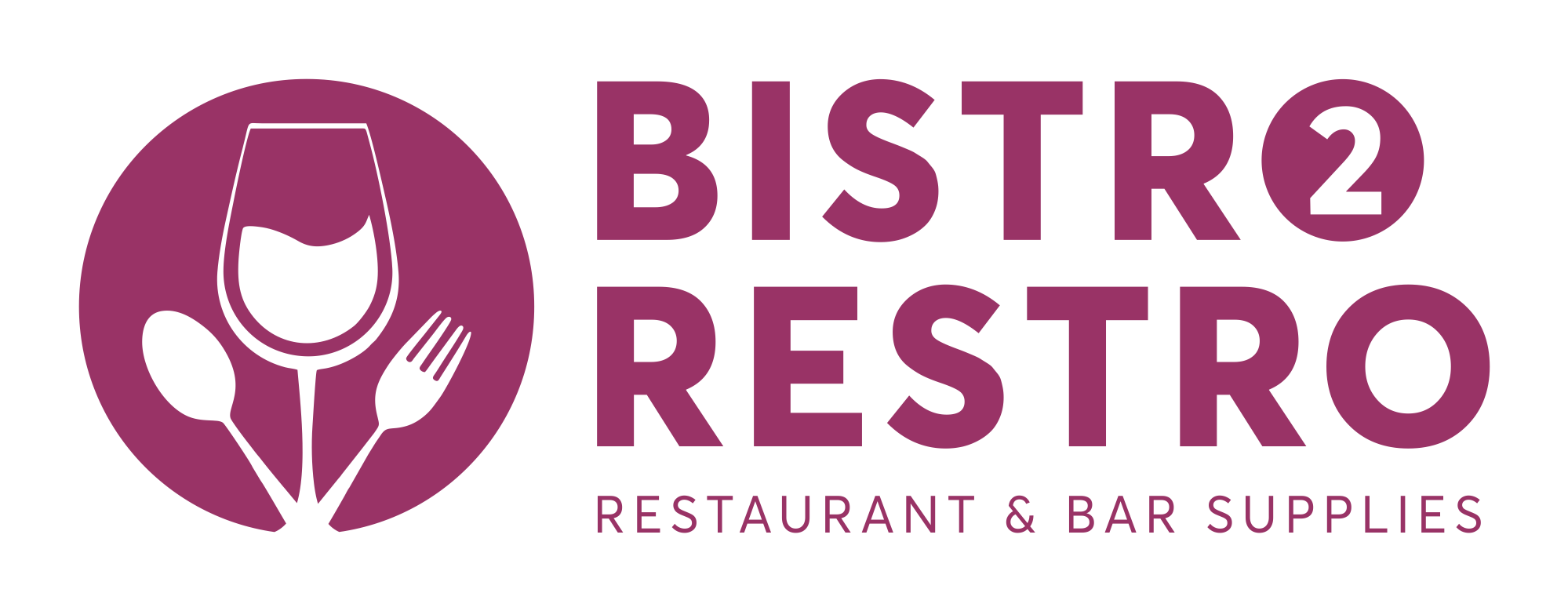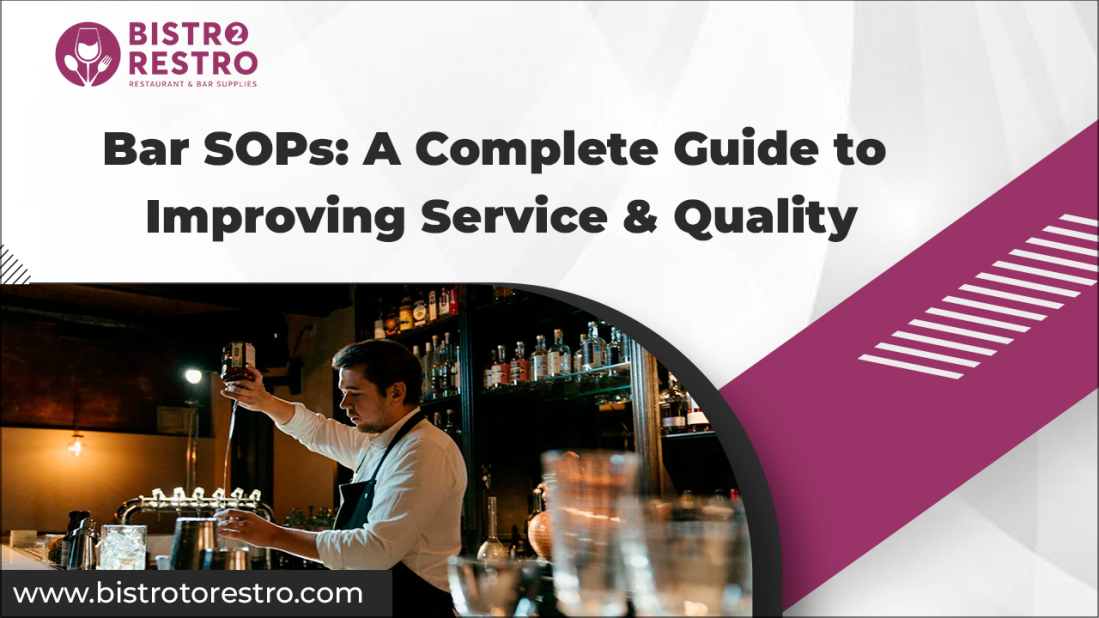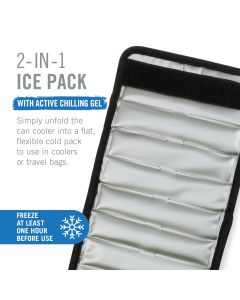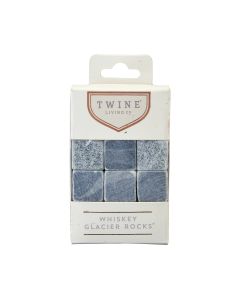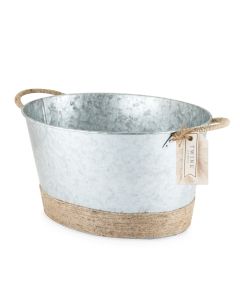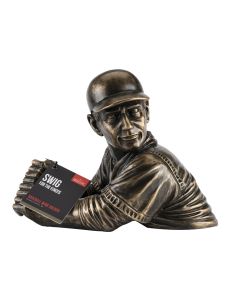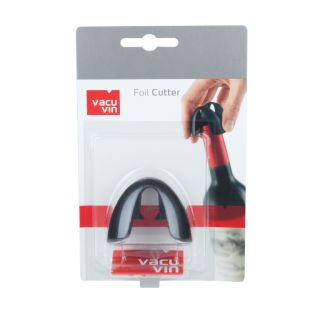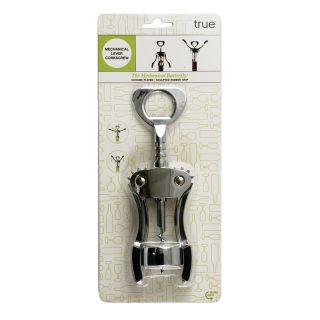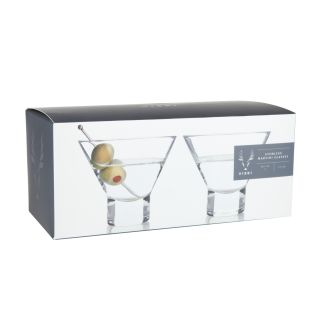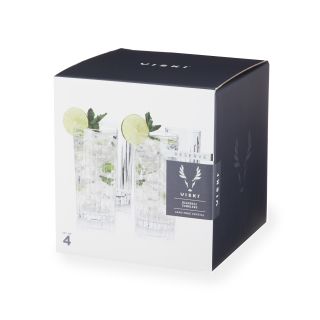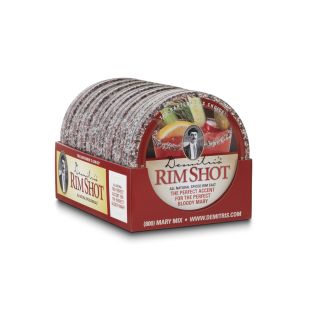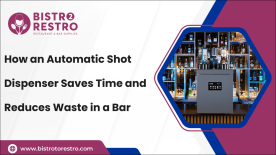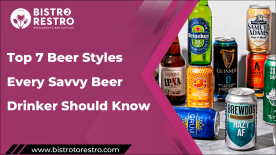In the fast-paced world of hospitality, where every customer’s experience counts, consistency is the key to success. A bar’s ability to consistently deliver top-notch service and exceptional drinks can set it apart from the competition. Enter Standard Operating Procedures (SOPs) — the backbone of operational excellence. When crafted and implemented effectively, SOPs guarantee that every drink is mixed to perfection, every interaction is seamless, and every safety standard is adhered to. This guide dives deep into the power of bar SOPs and how they can elevate the service and quality of your bar, including the perfect use of serveware to enhance your presentation and service.
| Table of Contents What Are Bar SOPs? Why Bar SOPs Are Crucial Key Elements of Bar SOPs Tips for Implementing Bar SOPs SOPs as a Key to Long-Term Success |
What Are Bar SOPs?
Standard Operating Procedures (SOPs) are detailed, written instructions designed to guide employees in performing routine tasks correctly and consistently. In the context of a bar, SOPs encompass everything from how to mix a cocktail to how to handle customer complaints. They are the blueprint for operational efficiency, customer satisfaction, and quality control.
Having a solid set of SOPs in place ensures that bar staff are aligned with the business’s goals and standards, reducing errors, improving service speed, and ensuring that every customer receives the same high-quality experience, regardless of when or by whom they are served.
Why Bar SOPs Are Crucial?
The benefits of having clear, comprehensive SOPs in a bar cannot be overstated. They touch on various aspects of bar operations, including:
Consistency in Service
Consistency is key in hospitality. Bar SOPs ensure that all employees, regardless of experience or shift, follow the same procedures. This leads to a predictable, dependable experience for customers, which is essential in building customer loyalty and maintaining a solid reputation.
Improved Efficiency
SOPs streamline operations by reducing confusion, minimizing errors, and improving workflow. With clear guidelines, staff can work more efficiently, which not only saves time but also improves the overall guest experience.
Quality Control
With SOPs in place, there’s a higher chance that drinks are consistently made to the same high standard, every single time. This includes everything from the quality of the ingredients used to the final presentation of the cocktail.
Health and Safety Compliance
Bars face strict regulations when it comes to food safety and alcohol service. SOPs provide a framework for meeting these regulations, ensuring compliance with local health codes, and maintaining a safe environment for staff and guests.
Employee Training and Retention
SOPs serve as valuable training tools for new employees, enabling them to learn the ropes quickly. By providing clear guidelines, employees are more likely to feel confident in their roles, which can lead to higher job satisfaction and lower turnover.
Key Elements of Bar SOPs
To ensure that your bar SOPs are comprehensive and effective, they should cover a wide range of areas. Below are some of the most important elements to include:
Opening Procedures
Opening a bar is more than just unlocking the door and setting up the register. Properly opening the bar sets the tone for the rest of the day and ensures that everything runs smoothly. SOPs for opening procedures should cover tasks such as:
Checking inventory levels and restocking
Preparing garnish stations and drinkware
Turning on all equipment (e.g., refrigeration, lights, sound systems)
Setting up the cash register and POS system
Ensuring cleanliness of the bar area
Reviewing the schedule and assigning roles
Drink Preparation
A crucial component of any bar’s SOPs is the process for preparing drinks. Whether it’s a basic beer pour or a complex cocktail, standardizing the recipe and process ensures that every drink tastes exactly the same. SOPs for drink preparation should include:
Standardized drink recipes with measurements and ingredient specifications
Procedures for garnishing and glassware
Techniques for shaking, stirring, or muddling drinks
Temperature control (e.g., chilling glasses, shaking with ice)
Steps for handling different types of drinks, including alcoholic and non-alcoholic options
Customer Service Standards
The customer service experience is at the heart of every successful bar. SOPs for customer service establish the expectations for how guests should be treated, ensuring that staff members provide a warm and welcoming environment. Key elements include:
Greeting customers promptly and with a friendly demeanor
Handling customer orders efficiently and accurately
Managing wait times during peak hours
Addressing customer complaints or concerns professionally and swiftly
Encouraging upselling without being pushy
Ensuring that all patrons are served responsibly, particularly with regard to alcohol consumption
Closing Procedures
Just as important as opening is closing the bar. SOPs for closing procedures help ensure that all tasks are completed before staff leave for the day, from securing the premises to cleaning and restocking. Typical closing tasks include:
Counting and reconciling the cash register
Cleaning all bar surfaces, equipment, and utensils
Emptying trash and recycling bins
Restocking inventory and preparing for the next day’s shift
Turning off equipment and securing the premises
Completing daily reports and noting any issues that arose during the shift
Also read on: Opening and Closing Checklist for Restaurant Teams
Safety Protocols
Bars can be high-energy environments, and it’s essential to have safety protocols in place to protect both staff and customers. SOPs should outline procedures for:
Handling intoxicated patrons, including when to cut off service
Managing spills, broken glass, or other hazards
Performing first aid and CPR in case of emergency
Monitoring the bar for signs of trouble, such as altercations or underage drinking
Handling cash and sensitive customer data securely
Inventory Management
An efficient inventory system is critical for preventing overstocking or running out of key ingredients. SOPs for inventory management should cover:
Tracking stock levels and ordering supplies
Checking expiration dates and rotating stock
Ensuring proper storage for perishable and non-perishable items
Conducting regular inventory counts
Also read on: Cloud-Based Inventory Software: 10 Ways to Improve Your Bar
Alcohol Service Policies
Alcohol service is one of the most heavily regulated aspects of bar operations. SOPs should outline:
Legal drinking age verification methods (e.g., ID checks)
The procedure for monitoring guest alcohol consumption
When and how to refuse service to intoxicated patrons
Specific state or local alcohol laws that need to be followed
Tips for Implementing Bar SOPs
Creating SOPs is only half the battle. For them to be effective, they must be implemented consistently. Here are a few tips for making sure your bar SOPs are followed:
Train Staff Thoroughly
Proper training is crucial for SOP success. Take the time to train new and existing employees on the procedures. Provide regular refresher courses to ensure that everyone is up to date with any changes or new practices.
Make SOPs Accessible
Ensure that SOPs are easily accessible to all staff members. Create physical copies in the staff area or, if your bar uses digital tools, ensure that they can access SOPs from their devices during their shifts.
Monitor Compliance
Regularly monitor staff performance to ensure that SOPs are being followed. If issues arise, provide feedback and additional training as needed.
Seek Feedback from Staff
Your bar staff are on the front lines, and their feedback is invaluable in refining SOPs. Make sure to involve them in the process of updating procedures and addressing any challenges they face.
SOPs as a Key to Long-Term Success
Bar SOPs are a powerful tool for improving service quality, operational efficiency, and consistency. By providing a clear set of guidelines for every aspect of bar operations, you can ensure that your team delivers top-notch service to every customer. Not only will this improve the overall guest experience, but it will also foster a safer, more organized working environment, ultimately contributing to the long-term success of your bar.
BistroToRestro is your one-stop shop for all bar essentials, offering everything from premium liquor accessories like cocktail shakers and muddlers to beer accessories like bottle openers and glassware. Whether you're setting up a home bar or upgrading your bar tools, we have the perfect selection to enhance your experience. Shop now and elevate your drink-making with our top-quality products!
FAQs
What are the procedures of serving in the bar?
The procedures of serving in a bar involve greeting customers, taking drink orders accurately, preparing drinks according to standardized recipes, and ensuring prompt, courteous service throughout the customer's visit.
What is a bar checklist?
A bar checklist is a detailed list of tasks and responsibilities that need to be completed during opening, operating, and closing hours to ensure smooth operations, cleanliness, and compliance with safety standards.
What are the duties and responsibilities of bar staff?
Bar staff are responsible for greeting and serving customers, preparing and serving alcoholic and non-alcoholic beverages, maintaining cleanliness, ensuring safety, managing inventory, and providing excellent customer service.
